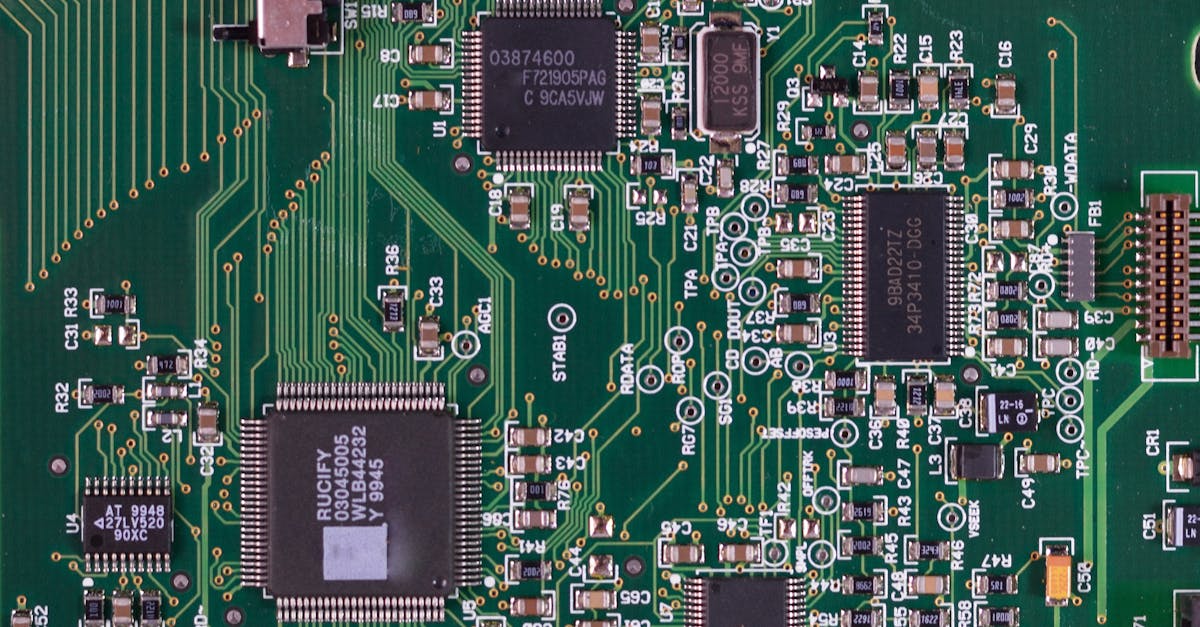One of the biggest losers as of today's afternoon session is semiconductors company NVIDIA, whose shares are down -7.2%, underperforming the Nasdaq by -5.8%.
At $141.13, NVDA is 27.93% below its average analyst target price of $195.83.
The average analyst rating for the stock is buy. NVDA lagged -6.8% behind the S&P 500 index today, and by -30.2% over the last year, returning -49.9%.
NVIDIA Corporation provides graphics, and compute and networking solutions in the United States, Taiwan, China, and internationally. The company is a technology company. Valuations in the technology sector are often very high, as investors are willing to overlook gaps in the fundamentals if they believe a company’s innovations can dominate or create new markets.
NVIDIA's trailing 12 month P/E ratio is 37.8, based on its trailing Eps of $3.73. The company has a forward P/E ratio of 32.7 according to its forward Eps of $4.31 -- which is an estimate of what its earnings will look like in the next quarter. The average trailing Price to Earnings (P/E) ratio of US-based technology companies is 26.5 as of third quarter of 2022. In contrast, the S&P 500 average is 15.97. The P/E ratio is the company's share price divided by its earnings per share. In other words, it represents how much investors are willing to spend for each dollar of the company's earnings (revenues minus the cost of goods sold, taxes, and overhead).
NVDA’s price to earnings ratio can be divided by its projected five-year growth rate, to give us the price to earnings, or PEG ratio. This allows us to put its earnings valuation in the context of its growth expectations which is useful because companies with low P/E ratios often have low growth, which means they actually do not present an attractive value.
When we perform the calculation for NVIDIA, we obtain a PEG ratio of 2.19, which indicates that the company is overvalued compared to its growth prospects. The weakness with PEG ratios is that they rely on expected growth estimates, which of course may not turn out as expected.
An analysis of the company's gross profit margins can help us understand its long term profitability and market position. Gross profits are the company's revenue minus the cost of goods only, and unlike earnings, don't take into account taxes and overhead. Here's an overview of NVIDIA's gross profit margin trends:
| Date Reported | Revenue ($ MM) | Cost of Revenue ($ MM) | Gross Margins (%) | YoY Growth (%) |
|---|---|---|---|---|
| 2022-01-31 | 26,914 | 9,439 | 64.93 | 4.15 |
| 2021-01-31 | 16,675 | 6,279 | 62.34 | 0.56 |
| 2020-01-31 | 10,918 | 4,150 | 61.99 | 1.27 |
| 2019-01-31 | 11,716 | 4,545 | 61.21 | n/a |
- Average gross margin: 62.6%
- Average gross margin growth rate: 2.0%
- Coefficient of variability (lower numbers indicating more stability): 2.6%
We can see from the above that NVIDIA's gross margins are very strong. Potential investors in the stock will want to determine what factors, if any, could derail this attractive growth story.
NVIDIA's financial viability can also be assessed through a review of its free cash flow trends. Free cash flow refers to its operating cash flows minues its capital expenditures, which are expenses related to the maintenance of fixed assets such as land, infrastructure, and equipment. Over the last four years, the trends have been as follows:
| Date Reported | Cash Flow from Operations ($ MM) | Capital expenditures ($ MM) | Free Cash Flow ($ MM) | YoY Growth (%) |
|---|---|---|---|---|
| 2022-01-31 | 9,108 | -976 | 8,132 | 73.24 |
| 2021-01-31 | 5,822 | -1,128 | 4,694 | 9.88 |
| 2020-01-31 | 4,761 | -489 | 4,272 | 35.92 |
| 2019-01-31 | 3,743 | -600 | 3,143 | n/a |
- Average free cash flow: $5,060,250,000.00
- Average free cash flow growth rate: 39.7%
- Coefficient of variability (lower numbers indicating more stability): 42.5%
With its positive cash flow, the company can not only re-invest in its business, it can offer regular returns to its equity investors in the form of dividends. Over the last 12 months, investors in NVDA have received an annualized dividend yield of 0.1% on their capital.
Value investors often analyze stocks through the lens of its Price to Book (P/B) Ratio (its share price divided by its book value). As of the third quarter of 2022, the mean P/B ratio of the technology sector is 5.57, compared to the S&P 500 average of 2.95. The book value refers to the present value of the company if the company were to sell off all of its assets and pay all of its debts today - a number whose value may differ significantly depending on the accounting method. NVIDIA's P/B ratio indicates that the market value of the company exceeds its book value by a factor of 16, so it's likely that equity investors are over-valuing the company's assets.
As of third quarter of 2022, NVIDIA is likely fairly valued because it has an inflated P/E ratio, an elevated P/B ratio, and a pattern of improving cash flows with an upwards trend. The stock has strong growth indicators because of its strong operating margins with a positive growth rate, and an above average PEG ratio. We hope this analysis will inspire you to do your own research into NVDA's fundamental values -- especially their trends over time.


